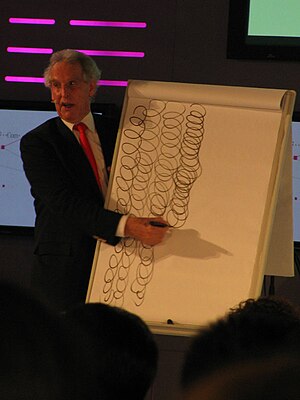Is spending $5000 a year on gymnastics events, training and uniforms too much for young children? According to this piece the Sam (11 year old) practices 12 hours a week as part of The Ohio State University kids club.
Discussion Questions:
- Is spending 12 hours a week too much for an eleven year old?
- Are we putting too much emphasis on competitions?
- What about the sacrifices families need to make in order to accommodate sporting pursuits? Do all of their children get the same amount of time, $ and parental involvement?
- How much money did your parents spend on you to get you to a "higher" level?

















 The U.S. Census Bureau released its most recent data on
The U.S. Census Bureau released its most recent data on 






